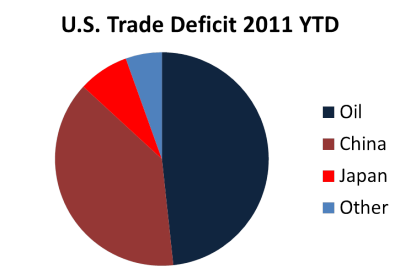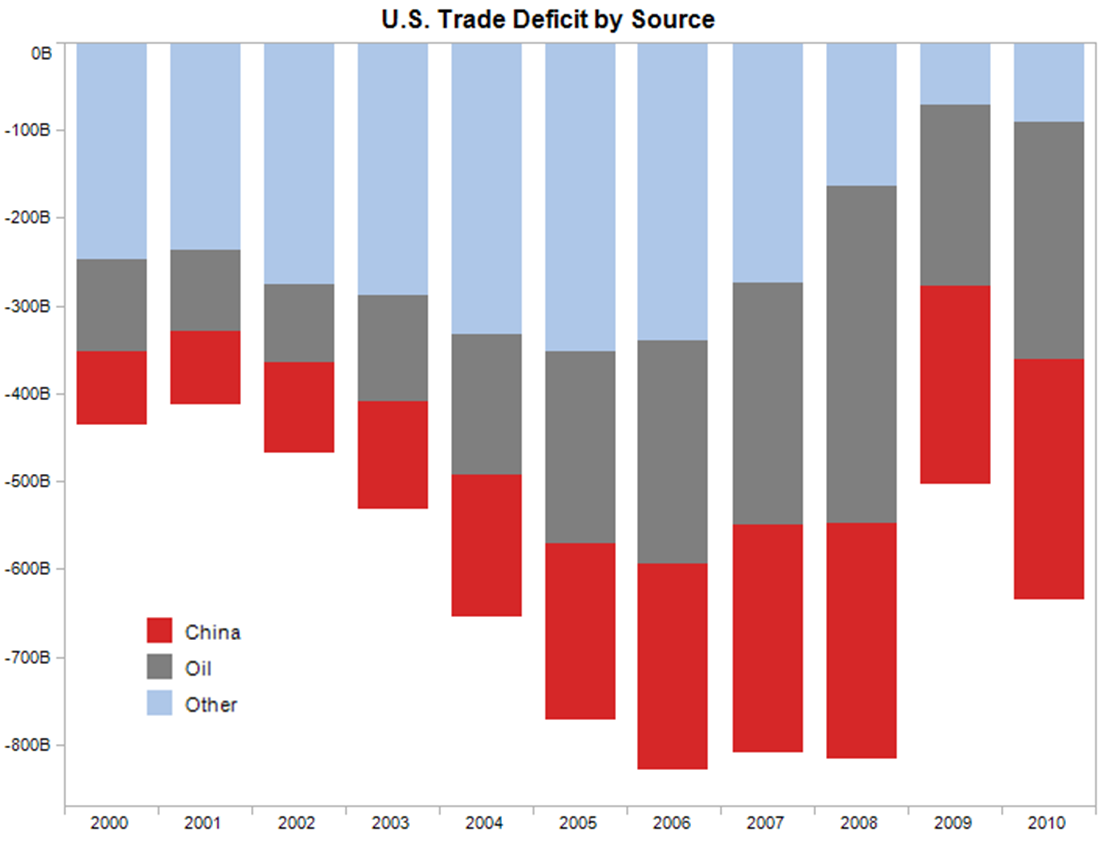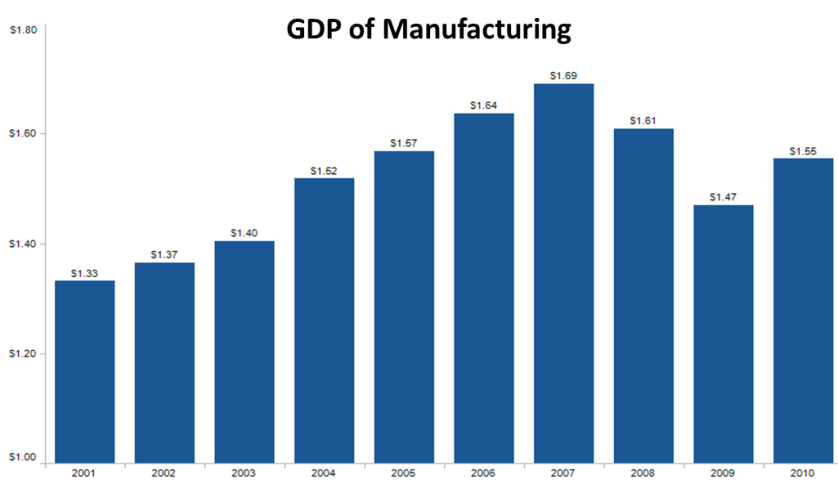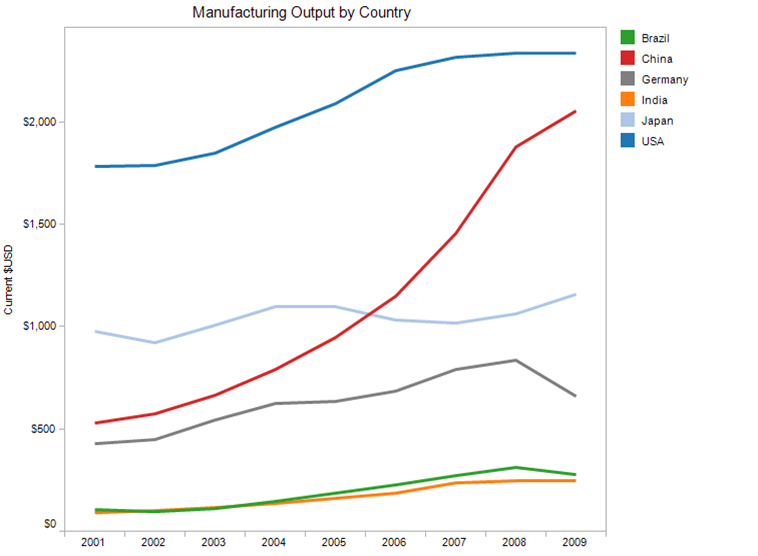Primary Employer Attraction
 Tuesday, October 11, 2011 at 11:20PM |
Tuesday, October 11, 2011 at 11:20PM |  Post a Comment
Post a Comment Full disclosure - I stole today's post from Mike Masciola. I spoke with some wonderful people from Thornton, CO last week and Mike thoughtfully put our collective ramblings into an outline. Since I am just arriving home from the work day (I really need to start posting in the AM), this might be the only way for me to make my midnight deadline. Plus the outline is pretty good.
Primary Employer Attraction - What it takes to be competitive
Reasons primary employers move or expand into new markets
- Strategic positioning, efficiency needs due to increased competition nationally and internationally, new market opportunities, be closer to customer, consolidation/downsizing, etc.
Process used to evaluate new markets (Site Selection Process)
- Driven by the strategic needs of the company
- Location will be where company can be most successful
- Tremendous competition - Lots of choices – process of elimination
- Short list of Metro then go to Cities
Major considerations for new location decisions
- Use ~ 400 data points
- Traditional - Proximately, labor, operating costs, logistics /transportation, etc.
- In today’s environment
- Productivity improvements – reduces workforce needs
- Space optimization – smaller foot prints
- Existing buildings
- Shovel ready sites
- Alternative financing
What can a city can do to improve chances in the site selection process?
- Be very good at what the City can control (Good, Bad & Ugly)
- Government approvals (development, incentives, etc)
- Speed, Predictable, Flexible, Reduce risk and uncertainty
- Confidentiality
- Risks the projects (i.e. HR issues)
- Break means more work for company and consultant
- Makes community look unprofessional
- Effective ED staff - Importance of having a credible reliable single point of contact
- Regional networks/partnerships in place & coordinated
- Strong after care/retention program in place
- Long term strategic plan to protect investment
- An understanding/appreciation of business drivers not under city control
- Market fit, private sector negotiations, gaps in workforce, lack of building/site options, etc.
Actions city can take to increase opportunities of being included the site location process
- Marketing with regional organizations
- Strong relationships with site selectors
- Strong relationships with commercial brokers
- Data rich website
- Enlist existing industry in identifying prospect opportunities
- Effective public policy examples from other communities




